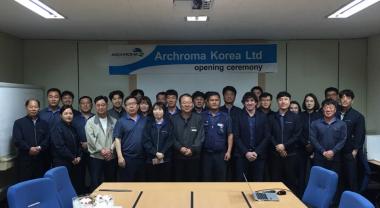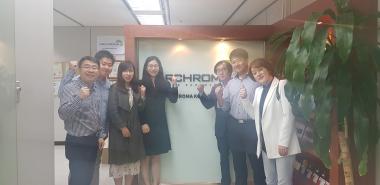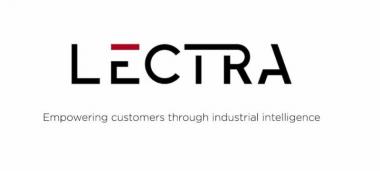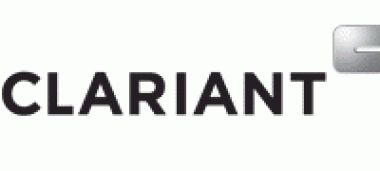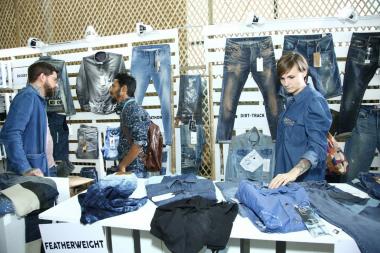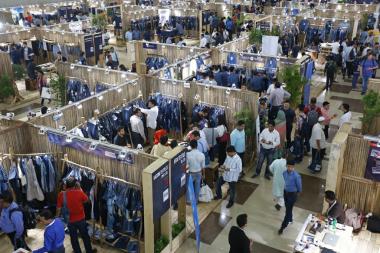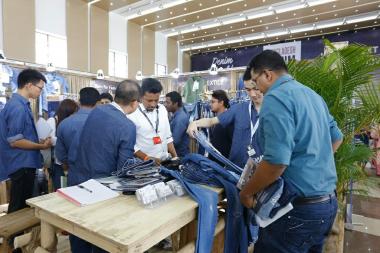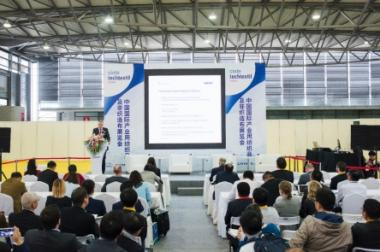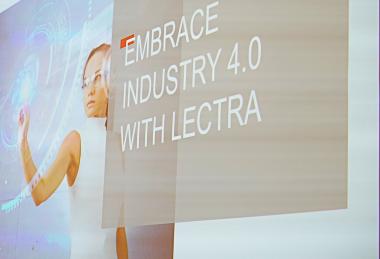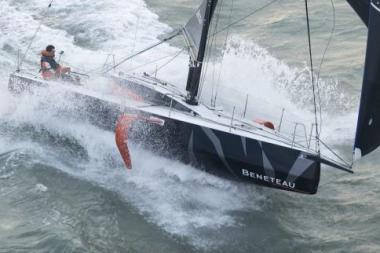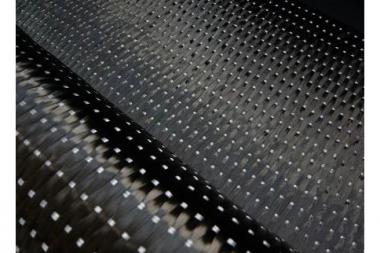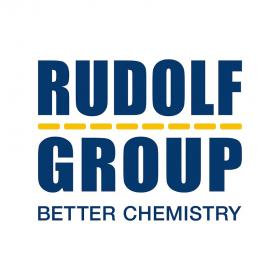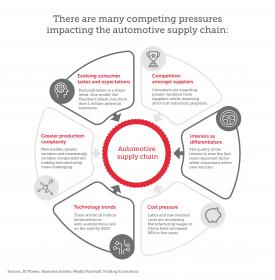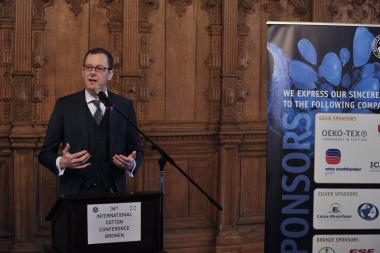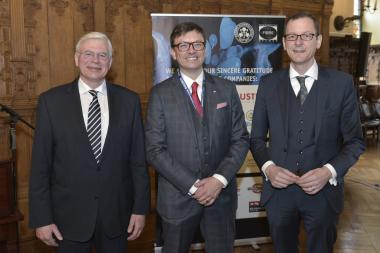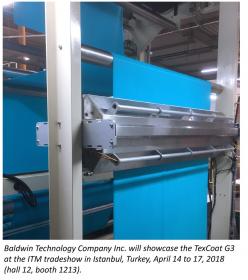Archroma announces progress on integration of M. Dohmen
Reinach, Switzerland - Archroma, a global leader in color and specialty chemicals, announced the further integration of M. Dohmen, an international group specializing in the production of textile dyes and chemicals for the automotive, carpet and apparel sectors. This went into effect on May 1, 2018 and follows Archroma expanding its stake in M. Dohmen from 49% to 75% in September 2017.
The increased integration will be implemented in North America and Korea. In North America, 20 employees from M. Dohmen USA, Inc joined Archroma when the company merged into Archroma U.S. Inc. operations in the US and into Archroma Canada, Corporation in Canada.
In Korea, Archroma recently acquired 100% of the shares of M. Dohmen Korea Ltd. The company’s name has been changed to Archroma Korea Ltd on April 30, 2018, and its 75 employees will now work under the Archroma brand.
“The further integration of M. Dohmen into Archroma will enable us to strengthen our offerings to textile markets worldwide” explains Marcos Furrer, President Brand & Performance Textile Specialties and Innovation, Archroma. “Regardless of their location, our customers will continue to benefit from our broad and complementary product portfolios, our dedication to providing outstanding global customer service and our strong commitment to innovation and sustainability.”
Archroma recently acquired 100% of the shares of M. Dohmen Korea Ltd. The company’s name has been changed to Archroma Korea Ltd on April 30, 2018.
(Photo: Archroma)
ARCHPR116a
Archroma recently acquired 100% of the shares of M. Dohmen Korea Ltd. The company’s name has been changed to Archroma Korea Ltd on April 30, 2018. (Photo: Archroma)
ARCHPR116b
On May 1, 2018, M. Dohmen USA, Inc merged into Archroma U.S. Inc. operations in the US and into Archroma Canada, Corporation in Canada.
(Photo: Archroma)
ARCHPR116c


